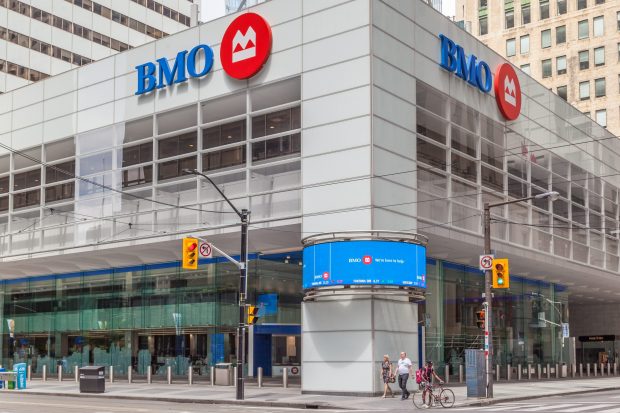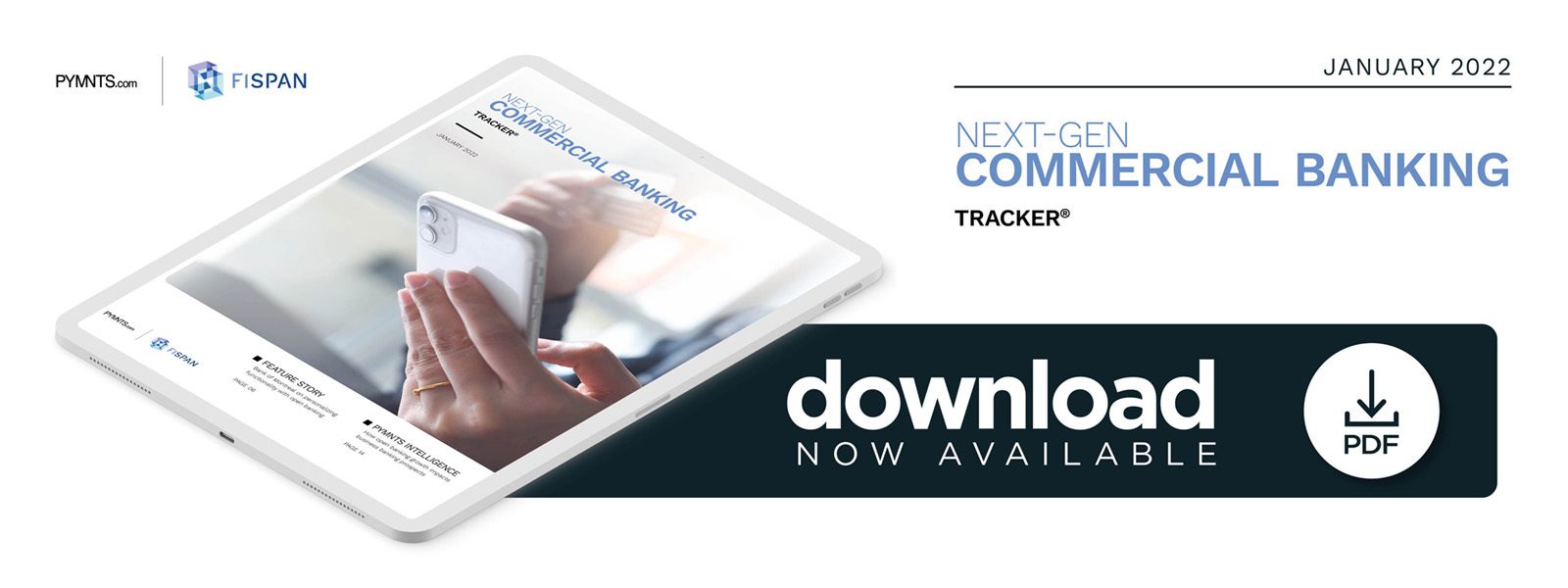Bank Of Montreal On Personalizing Functionality With Open Banking

Companies want many of the embedded finance options that FinTechs offer, and APIs and open banking help banks give their corporate clients the best of both worlds. In the Next-Gen Commercial Banking Tracker, Bank of Montreal’s Sean Ellery explains how they’re using open banking APIs to extend customized services and experiences that go beyond routine digital banking options.
Even in a pandemic, businesses must continue operating, despite challenges that keep employees working from home and prevent them from interacting face to face. As a result, commercial banks have noted a demand for products and services that can make their clients’ financial processes quicker, safer and more efficient.
The Bank of Montreal (BMO) was founded in a small, rented house in 1817, making it Canada’s oldest bank. It is now one of the five biggest banks in Canada and the eighth-largest bank in North America, with more than $988 billion in assets and upward of 12 million commercial banking customers. Banking has evolved significantly since BMO’s early days, but its goal of earning depositors’ trust remains the same, and open banking is a trend that is making that happen.
Open banking is predicated on application programming interface (API) technology, which enables banks and businesses to exchange and process data quickly and seamlessly without physical input from the bank. Such tools can benefit both businesses and their customers by reducing the risk of human error, freeing up treasurers for more strategic tasks and saving time and money. Bank statements and notifications can be sent seamlessly 24/7 year-round, and payments can be released automatically and directly from internal tools such as enterprise resource planning (ERP) programs.
Open banking also creates competition for traditional banks via the rapidly growing banking-as-a-service (BaaS) model. Third-party financial institutions (FIs) and companies can use shared financial data, allowing them to act as de facto financial intermediaries without the need for banking licenses. The result is that traditional banks are being challenged to rethink their digital services and products as corporate customers seek banking partners that can tailor their products and services to the accounting solutions they already use.
“Online banking is not a vacation destination. Our clients want to get in, get it done and get out,” said Sean Ellery, head of digital and innovation in commercial banking at BMO Financial Group.
Ellery said this has always been true of corporate banking clients, as they generally have multiple competing demands for their time and attention. The pandemic’s extra challenges made it clear, however, that BMO’s clients needed to focus on their businesses and not on their banking.
Personalizing Functionality
In an online discussion last November, Ellery said that BMO held focus groups to gain feedback on what clients were looking for in their banking. What the company found was that customers wanted not only functionality but also personalized experiences, such as alerts and automatic payment processing. Using real-time analytics, BMO retooled its commercial banking digital client experience to replicate the user-friendly, self-service options found on its retail platform.
One of the greatest benefits of open banking, Ellery said, is that it allows the bank to explore different industry partnerships and integrations faster and with much lower risk, enabling the company to expand its offerings beyond the traditional online banking platform.
“Open banking helps us make banking easier for our clients,” he said. “We’re able to build new, innovative solutions into our existing infrastructure that allow our clients to automate certain tasks and gain personalized, actionable insights in real time.”
Data security is one of the biggest concerns about open banking, as it involves the sharing of financial and personal data with third parties. Ellery said that, while BMO’s clients control their data, he likes to think of the bank as serving them in a custodial role. That means aligning with — or exceeding — industry standards for authentication and protection of information and identities. Of course, another of the bank’s roles is that of educator.
“Open banking and APIs are still new for many of our clients, so education is key,” he said. “We must help them understand how their data is used and shared, and what that opens up for them.”

